Home>Furniture & Design>Interior Design Trends>How To Hang Stained Glass
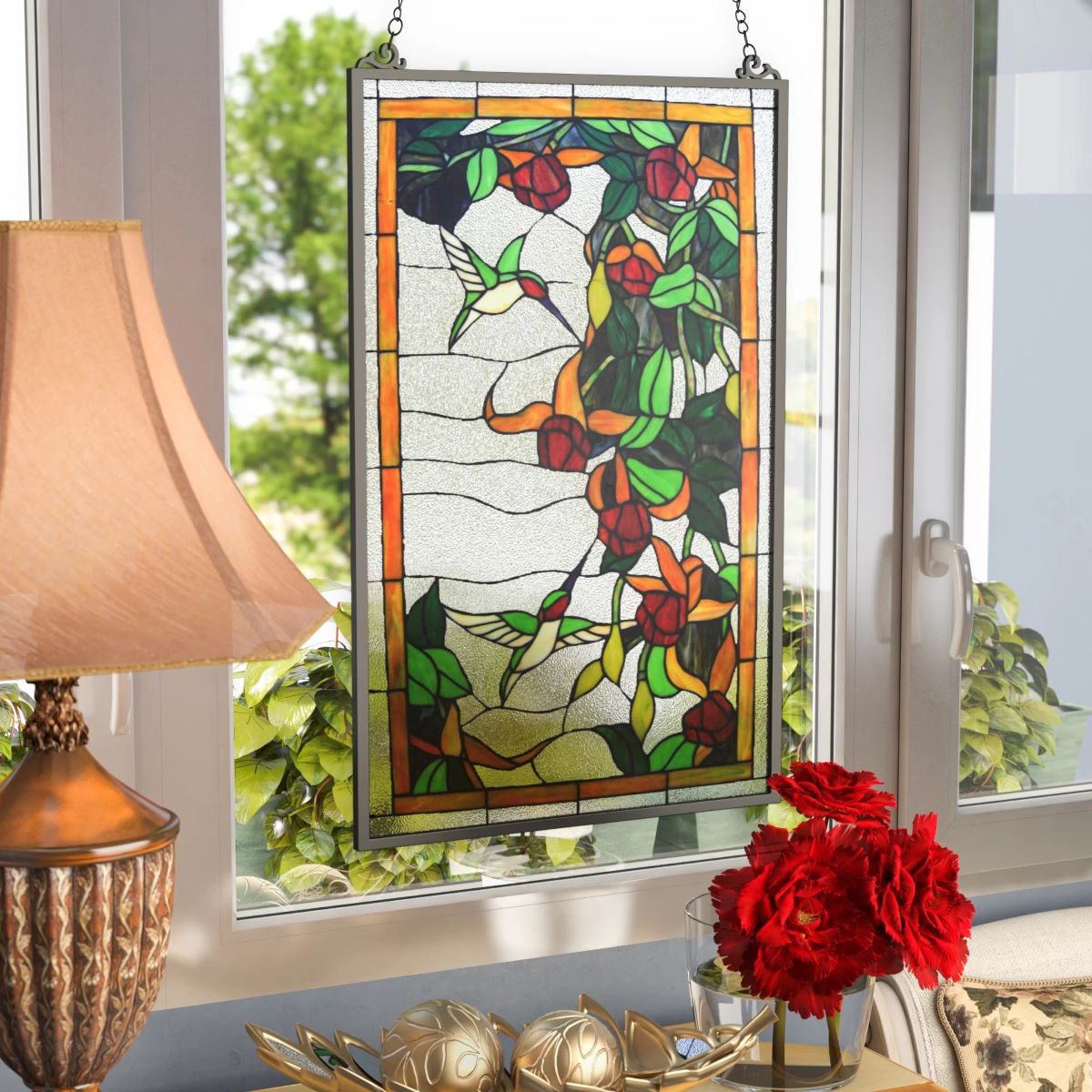

Interior Design Trends
How To Hang Stained Glass
Published: February 3, 2024
Discover the latest interior design trends with our guide on how to hang stained glass. Elevate your space with these timeless and elegant design ideas. Explore now!
(Many of the links in this article redirect to a specific reviewed product. Your purchase of these products through affiliate links helps to generate commission for Storables.com, at no extra cost. Learn more)
Introduction
Stained glass has a timeless allure that can add a touch of elegance and artistry to any space. Whether you're a seasoned art enthusiast or simply looking to infuse your home with a pop of color and light, hanging stained glass can be a captivating way to enhance your interior design. The intricate patterns and vibrant hues of stained glass panels can create a mesmerizing interplay of light and color, transforming an ordinary room into a captivating sanctuary.
When it comes to incorporating stained glass into your decor, the possibilities are as diverse as the designs themselves. From traditional religious motifs to contemporary abstract patterns, stained glass offers a wide range of artistic expressions to suit various tastes and interior styles. Whether you're drawn to the rich history of cathedral windows or the modern allure of abstract designs, there's a stained glass piece to complement every aesthetic.
In addition to its aesthetic appeal, stained glass also holds a symbolic significance for many individuals. Beyond its decorative function, stained glass has been revered for centuries as a medium for storytelling and spiritual expression. The interplay of light and color in stained glass can evoke a sense of tranquility and contemplation, making it a meaningful addition to spaces where relaxation and reflection are valued.
In this guide, we'll explore the art of hanging stained glass, from selecting the perfect location to preparing the surface and executing the installation. Whether you're a seasoned collector or a novice enthusiast, this comprehensive resource will equip you with the knowledge and confidence to showcase the beauty of stained glass in your home or workspace. Let's embark on this journey to discover the enchanting world of stained glass and learn how to bring its timeless allure into your living space.
Key Takeaways:
- Embrace the timeless allure of stained glass by choosing the perfect location, preparing the surface meticulously, and hanging it with precision to create a captivating and enduring display in your living space.
- Infuse your home with artistry and elegance by incorporating stained glass. Consider natural light, maintenance, and artistic customization to create a visually stunning and meaningful addition to your interior design.
Read more: How To Stain A Glass
Choosing the Right Location
Selecting the ideal location for hanging stained glass is a pivotal decision that can significantly impact its visual impact and overall ambiance. The placement of stained glass panels can influence the way light interacts with the space, as well as the overall aesthetic harmony of the room. Here are essential considerations to guide you in choosing the perfect location for your stained glass installation:
-
Natural Light: Assess the natural light sources in the room. Placing stained glass near windows or other sources of natural light can accentuate its luminous qualities, creating a captivating interplay of colors and shadows. Consider how the sunlight filters through the glass and illuminates the surrounding surfaces, as this can enhance the visual allure of the stained glass.
-
Visual Focal Points: Identify key focal points within the room, such as prominent walls, alcoves, or architectural features. These areas can serve as strategic placements for stained glass, drawing attention and adding a captivating focal point to the space. By integrating stained glass into existing focal points, you can create a seamless and harmonious visual flow within the room.
-
Privacy and Aesthetics: Evaluate the need for privacy and aesthetic enhancement in different areas of your home. Stained glass can serve as an elegant solution for adding privacy to spaces such as bathrooms or entryways while infusing them with a touch of artistic flair. Additionally, consider how the colors and patterns of the stained glass complement the existing decor and color scheme of the room.
-
Functional Considerations: Take into account the functional aspects of the space when choosing the location for hanging stained glass. For instance, in a kitchen or dining area, consider how the stained glass will interact with the surrounding lighting and how it may influence the ambiance during meal times or gatherings.
-
Artistic Expression: Embrace the opportunity to express your artistic sensibilities through the placement of stained glass. Whether you aim to create a striking focal point or a subtle accent, the location of the stained glass can reflect your personal style and design preferences.
By carefully considering these factors, you can make an informed decision about the most suitable location for hanging stained glass in your home. The chosen placement should not only showcase the beauty of the stained glass but also harmonize with the surrounding decor and architectural elements, creating a captivating and cohesive visual narrative within the space.
Preparing the Surface
Before embarking on the installation of stained glass, it is crucial to ensure that the chosen surface is adequately prepared to support and showcase the artwork effectively. Proper surface preparation not only facilitates a secure and stable installation but also contributes to the overall visual impact of the stained glass within the space. Here's a detailed guide on preparing the surface for hanging stained glass:
-
Surface Assessment: Begin by thoroughly examining the surface where the stained glass will be installed. Whether it's a window, wall, or door, assess the condition of the surface to identify any imperfections, such as cracks, uneven textures, or areas requiring repair. Addressing these issues beforehand will ensure a smooth and flawless backdrop for the stained glass.
-
Cleaning and Priming: Clean the surface to remove any dust, dirt, or residue that may affect the adhesion of the stained glass. Depending on the material of the surface, such as wood, metal, or glass, use an appropriate cleaning agent to achieve a pristine and debris-free foundation. After cleaning, consider applying a suitable primer to enhance the surface's adherence to the stained glass adhesive.
-
Surface Texture: Evaluate the texture of the surface to determine its suitability for the installation. Smooth surfaces may require additional treatment to improve the adhesion of the stained glass, while rough or porous surfaces may need to be smoothed or sealed to ensure a secure bond. Consider consulting with a professional or following manufacturer recommendations for surface treatment products.
-
Measurement and Alignment: Take precise measurements of the installation area to ensure accurate alignment and placement of the stained glass. Use a level and marking tools to outline the boundaries and positioning of the artwork. This meticulous approach will contribute to a visually balanced and aesthetically pleasing installation.
-
Surface Protection: If the stained glass will be installed in an area prone to moisture, extreme temperatures, or other environmental factors, consider implementing additional protective measures for the surface. This may involve applying sealants, weatherproofing treatments, or other protective coatings to safeguard the integrity of the surface and the longevity of the stained glass.
By meticulously preparing the surface for the installation of stained glass, you can lay the foundation for a visually stunning and enduring display. Attention to detail, proper cleaning, and surface treatment will not only ensure the stability of the installation but also contribute to the overall aesthetic impact of the stained glass within the designated space.
When hanging stained glass, use sturdy hooks or hangers to support the weight. Make sure to measure and mark the placement carefully before drilling into the wall. Always handle the glass with care to avoid breakage.
Hanging the Stained Glass
Once the location has been chosen and the surface prepared, the next crucial step is the actual hanging of the stained glass. This process requires precision, care, and attention to detail to ensure a secure and visually appealing installation. Here's a comprehensive guide to hanging stained glass with confidence and finesse:
-
Selecting the Mounting Method: Determine the most suitable method for hanging the stained glass based on the chosen location and surface. Common mounting options include metal hooks, chains, or custom-designed hardware. Consider the weight and dimensions of the stained glass panel to select the appropriate mounting hardware that can securely support the artwork.
-
Positioning the Stained Glass: Carefully position the stained glass panel against the prepared surface, ensuring that it aligns with the designated installation area. Use a level to verify that the panel is perfectly straight and adjust its positioning as needed to achieve precise alignment.
-
Attaching the Mounting Hardware: If using hooks or brackets, securely attach them to the surface according to the predetermined measurements and markings. Ensure that the mounting hardware is firmly anchored and capable of supporting the weight of the stained glass. For larger or heavier panels, consider enlisting the assistance of a professional installer to guarantee a secure attachment.
-
Securing the Stained Glass: With the mounting hardware in place, carefully lift the stained glass panel and position it onto the installed hooks or brackets. Exercise caution to prevent any undue pressure or stress on the glass during this process. Once the panel is in position, verify that it is securely held by the mounting hardware and adjust as necessary to achieve a balanced and stable display.
-
Final Adjustments and Inspection: After the stained glass is hung, conduct a thorough inspection of the installation to ensure its stability and alignment. Make any final adjustments to the positioning or hardware as needed to achieve a flawless presentation. Take a step back to assess the visual impact of the installed stained glass and make any refinements to optimize its aesthetic appeal.
By following these steps with precision and care, you can confidently hang stained glass panels to create a captivating and enduring display within your living space. The successful execution of the hanging process will not only showcase the beauty of the stained glass but also contribute to the overall ambiance and visual allure of the room.
Additional Tips and Considerations
-
Maintenance and Care: Once the stained glass is installed, regular maintenance is essential to preserve its beauty and integrity. Gently clean the glass with a soft, lint-free cloth and a mild glass cleaner to remove dust and smudges. Avoid abrasive materials or harsh chemicals that may damage the glass or its leading. Additionally, inspect the mounting hardware periodically to ensure its stability and make any necessary adjustments.
-
Lighting Enhancement: Consider incorporating strategic lighting to accentuate the beauty of the stained glass. Well-placed spotlights or ambient lighting can enhance the luminous qualities of the glass, creating captivating displays of color and shadow. Experiment with different lighting angles and intensities to achieve the desired visual impact.
-
Seasonal Considerations: If the stained glass is exposed to direct sunlight, consider the potential effects of UV rays on the colors and integrity of the glass. Installing UV-protective film on windows or using window coverings during peak sunlight hours can help mitigate the impact of UV exposure and prolong the vibrancy of the stained glass.
-
Professional Consultation: For complex installations or valuable antique stained glass pieces, seeking professional consultation and installation services is advisable. Experienced professionals can provide valuable insights, ensure secure installations, and offer guidance on preserving the longevity of the stained glass.
-
Artistic Customization: Explore the possibility of commissioning custom stained glass artwork to reflect your unique style and preferences. Collaborating with skilled artisans and glassmakers can result in bespoke creations that harmonize seamlessly with your interior design, adding a personalized touch to your living space.
-
Historical Significance: If you are incorporating antique or historically significant stained glass, take the time to research and appreciate the cultural and artistic context of the artwork. Understanding the historical significance of the stained glass can deepen your appreciation for its craftsmanship and storytelling elements.
-
Educational Opportunities: Consider integrating stained glass installations as educational tools for children or visitors. The storytelling potential of stained glass makes it an engaging medium for conveying historical, religious, or cultural narratives, offering enriching experiences for those who interact with the artwork.
-
Environmental Adaptability: In spaces with fluctuating temperatures or high humidity, ensure that the stained glass and its surrounding environment are adequately climate-controlled. Maintaining stable environmental conditions can help preserve the structural integrity and visual allure of the stained glass over time.
By considering these additional tips and considerations, you can elevate the installation and maintenance of stained glass to create enduring and captivating displays within your living space. These insights will not only enhance the visual impact of the stained glass but also contribute to its long-term preservation and meaningful integration into your interior design.
Frequently Asked Questions about How To Hang Stained Glass
Was this page helpful?
At Storables.com, we guarantee accurate and reliable information. Our content, validated by Expert Board Contributors, is crafted following stringent Editorial Policies. We're committed to providing you with well-researched, expert-backed insights for all your informational needs.

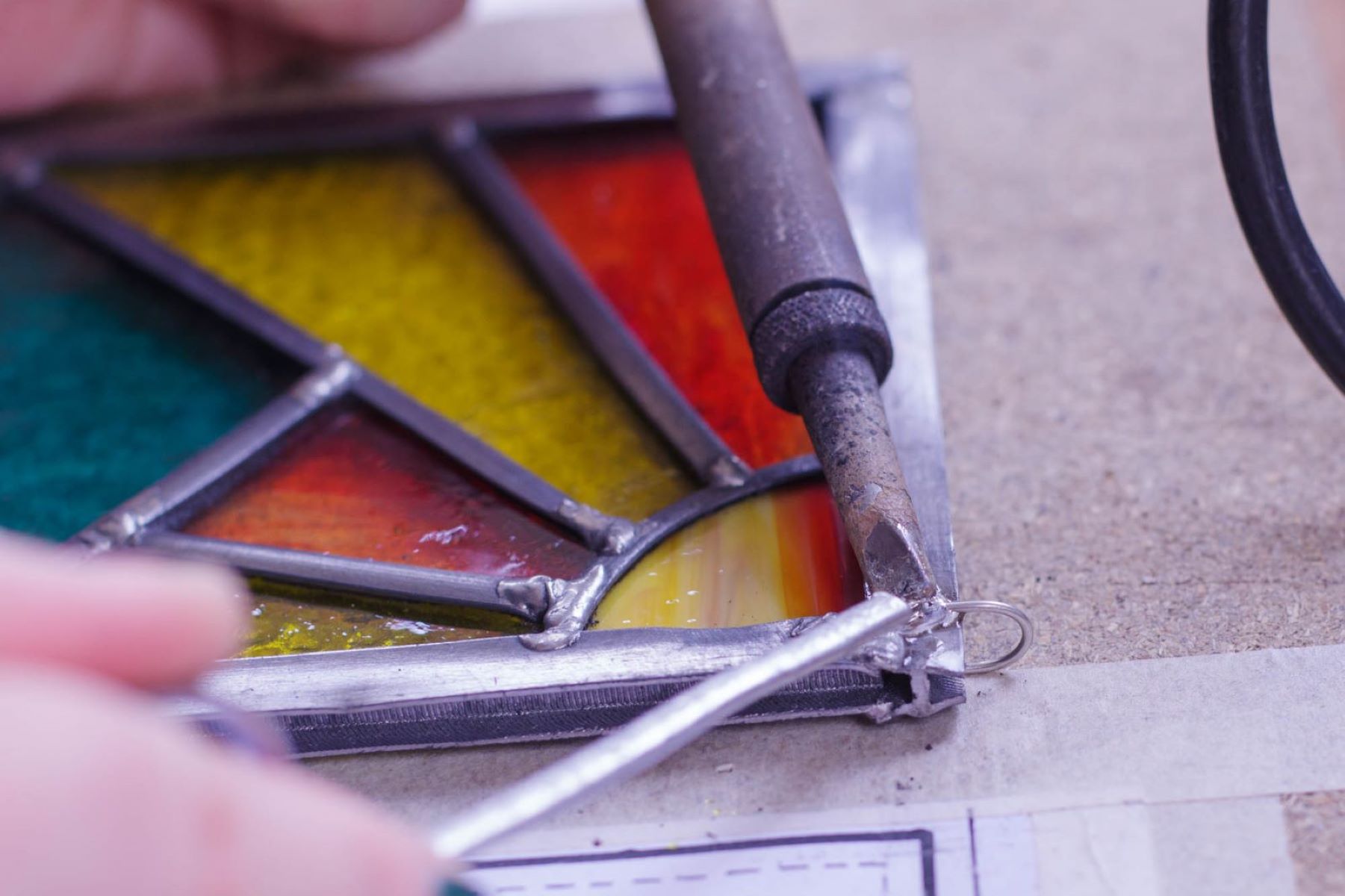
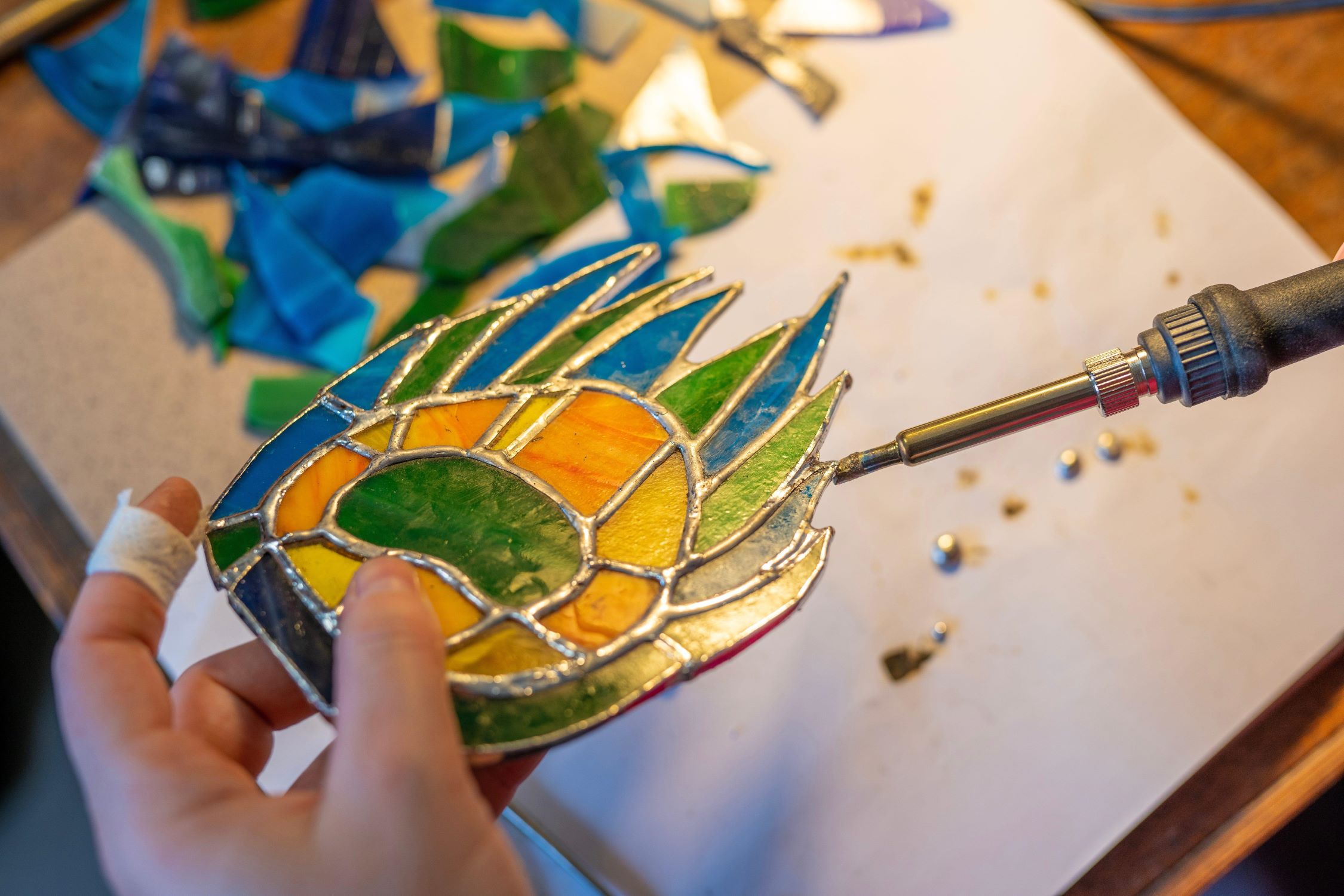
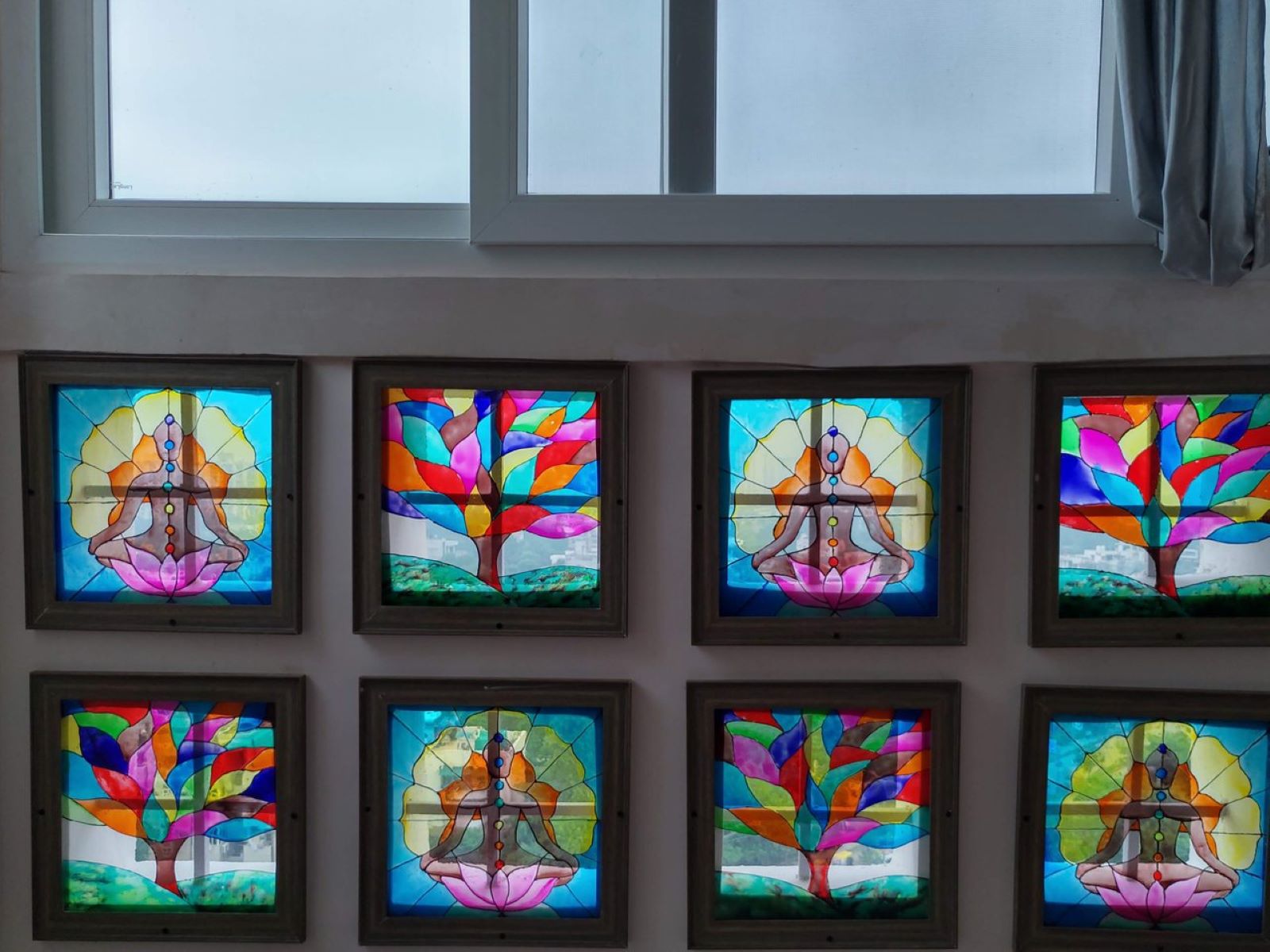
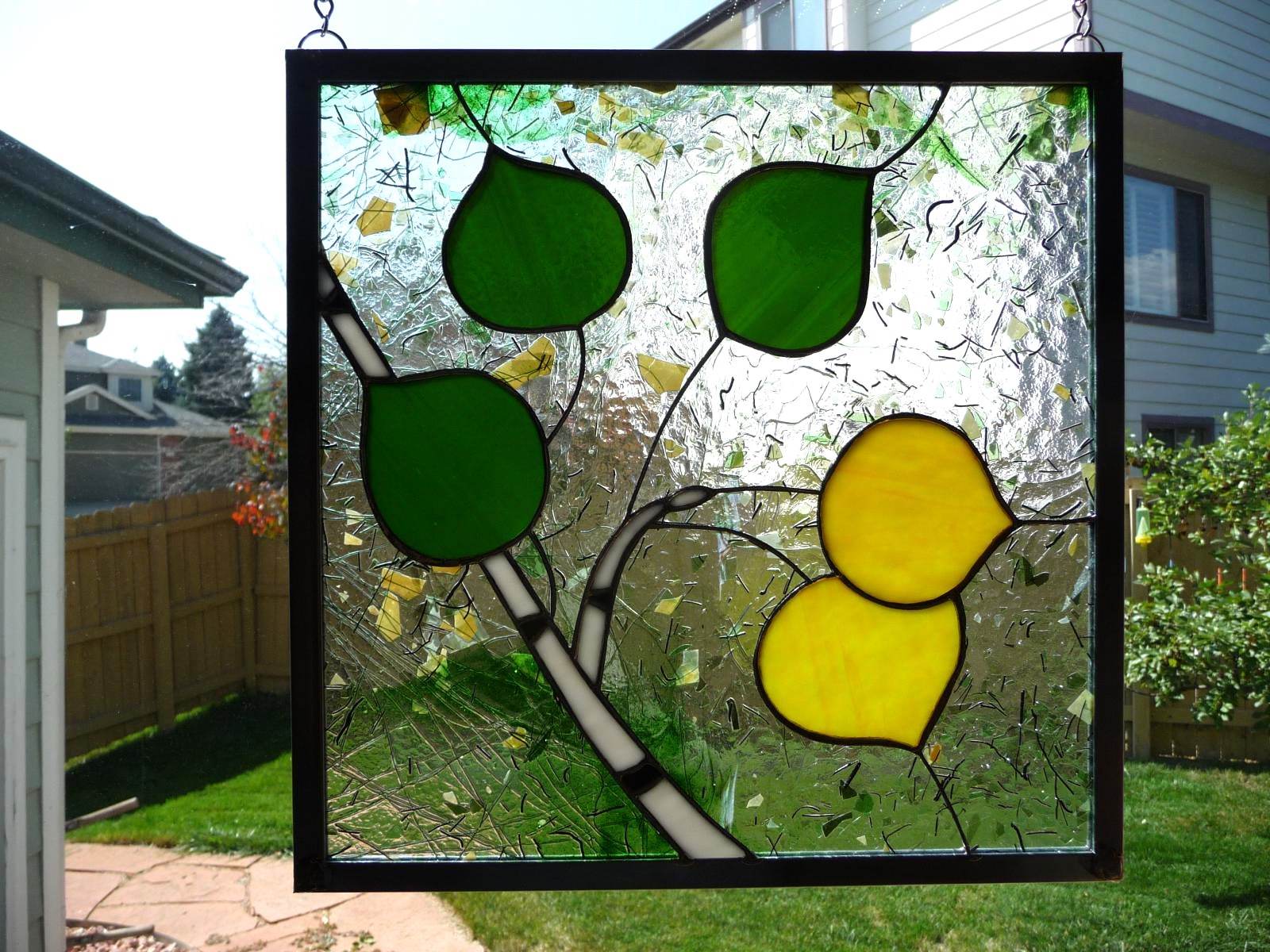
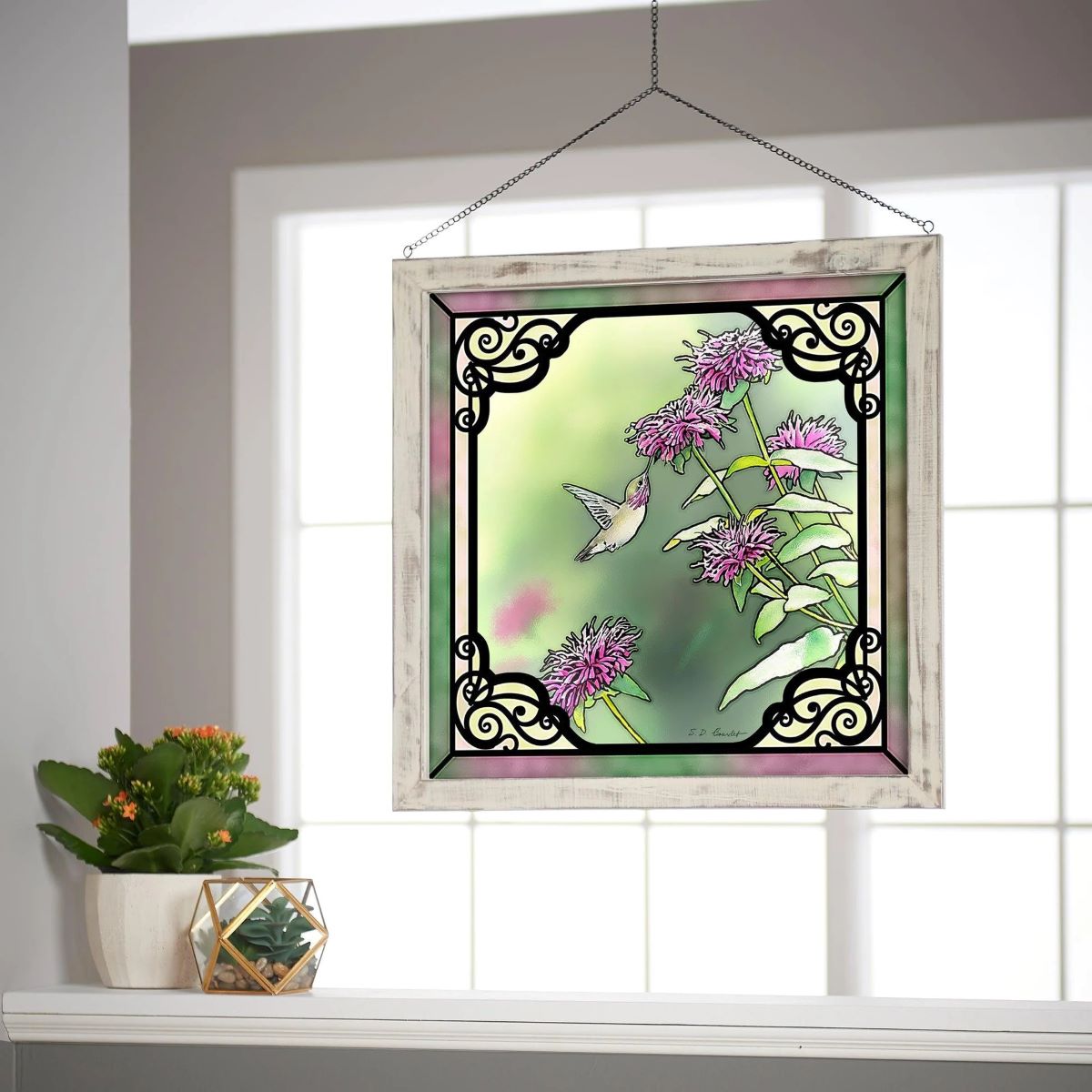

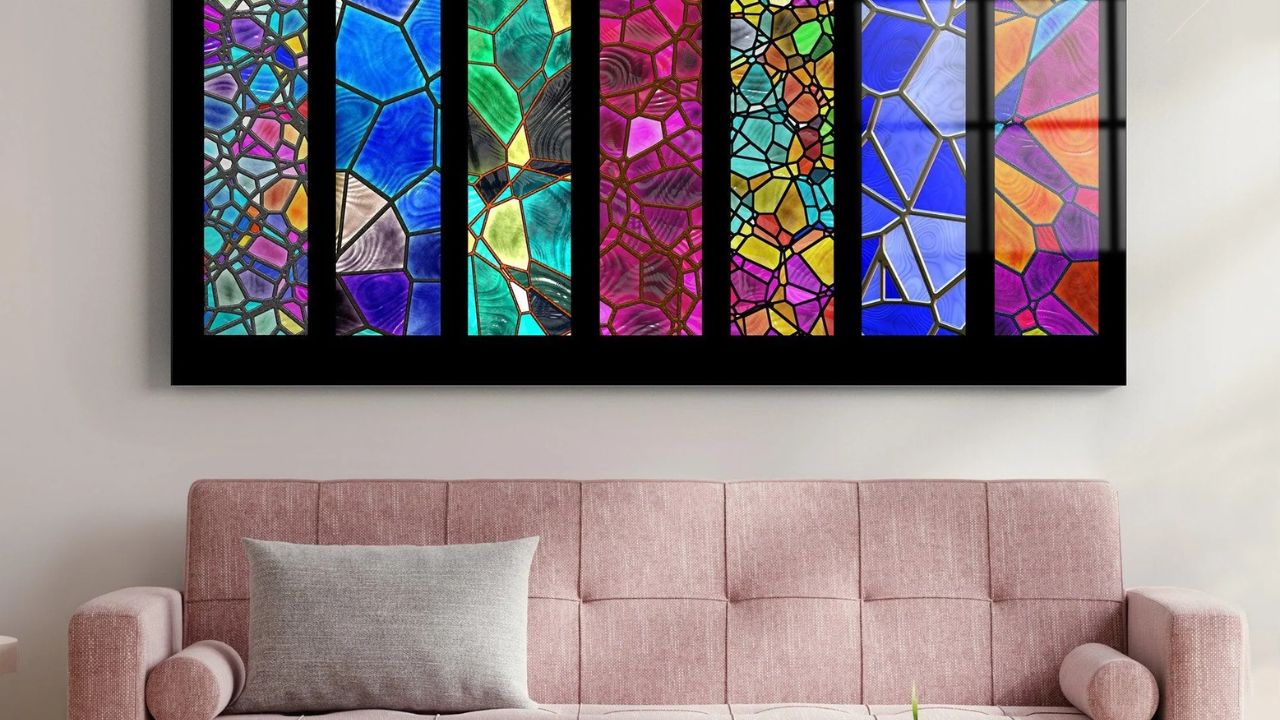

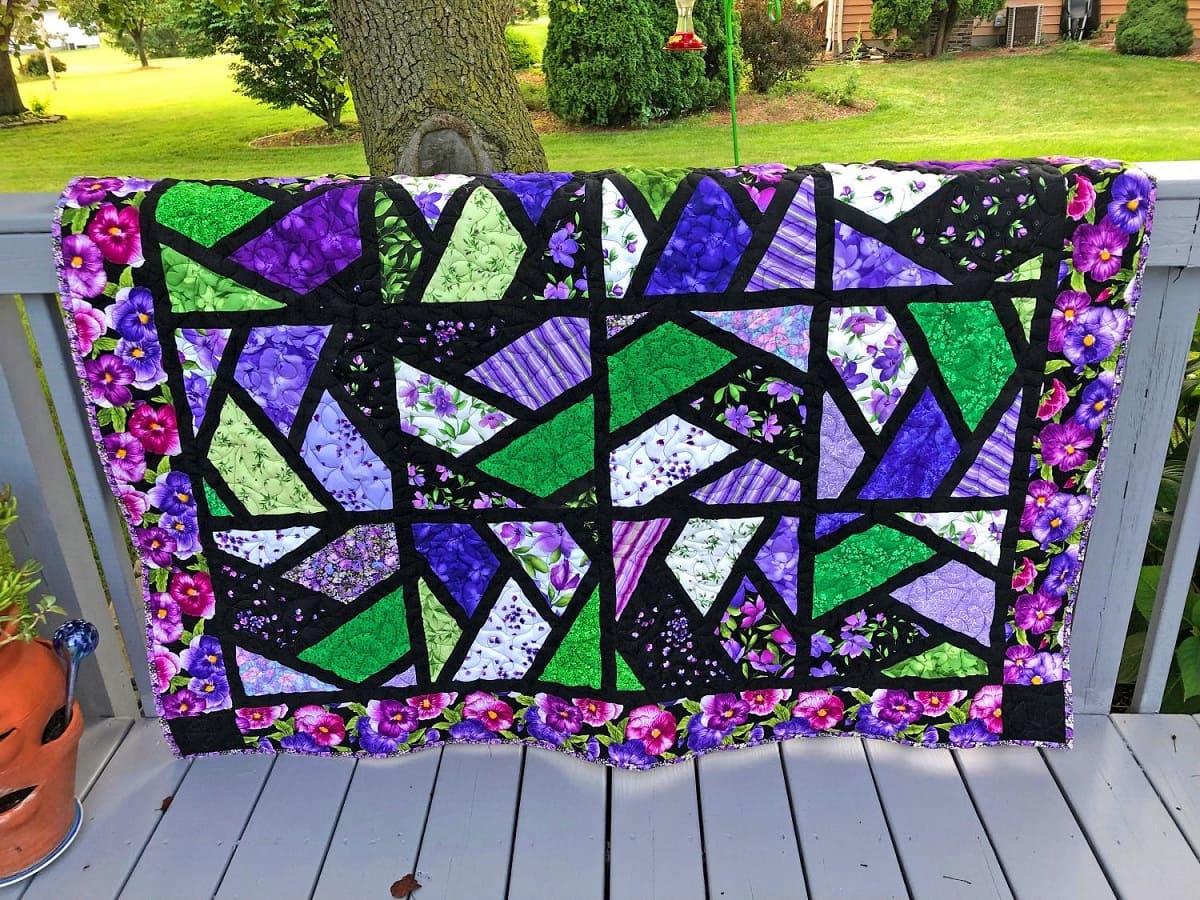


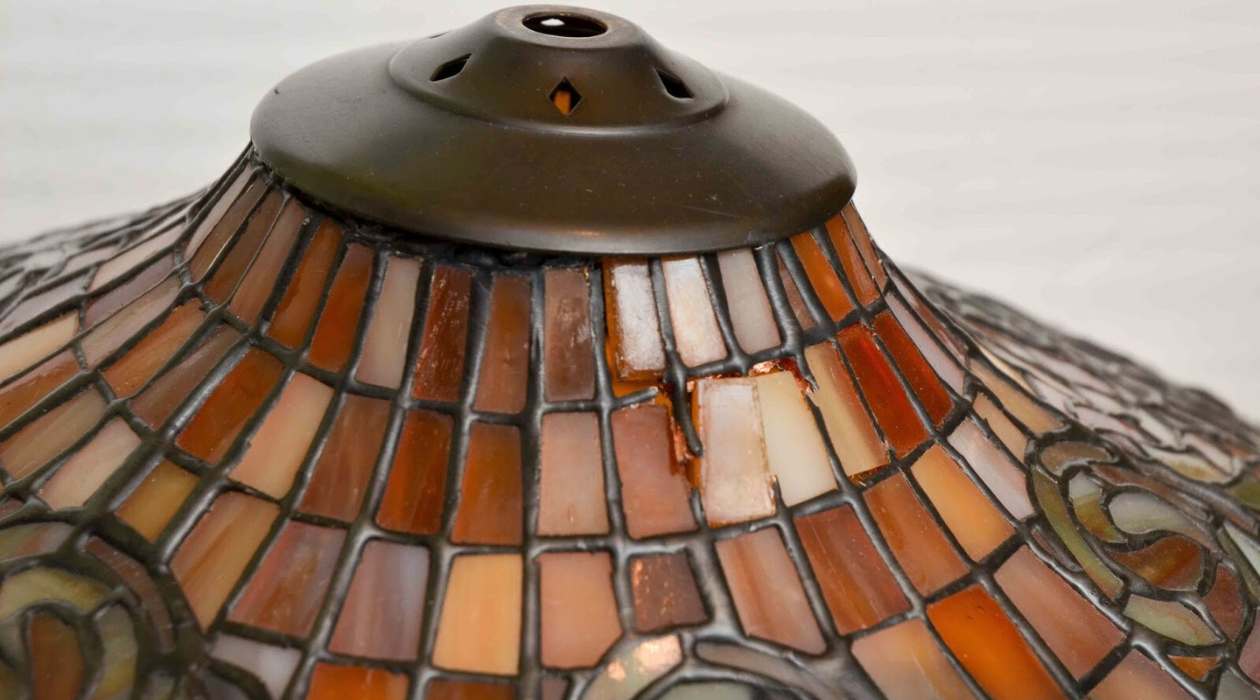
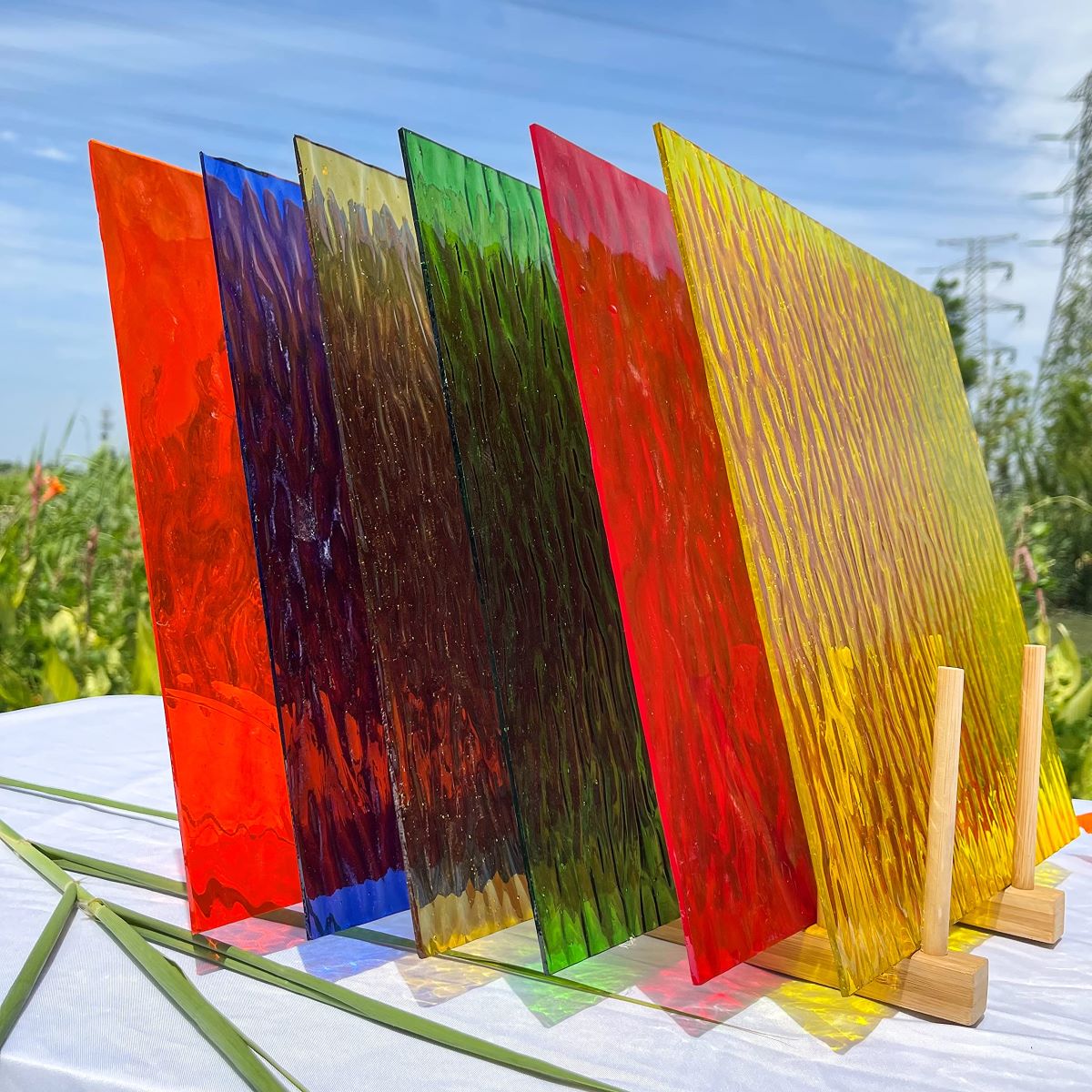
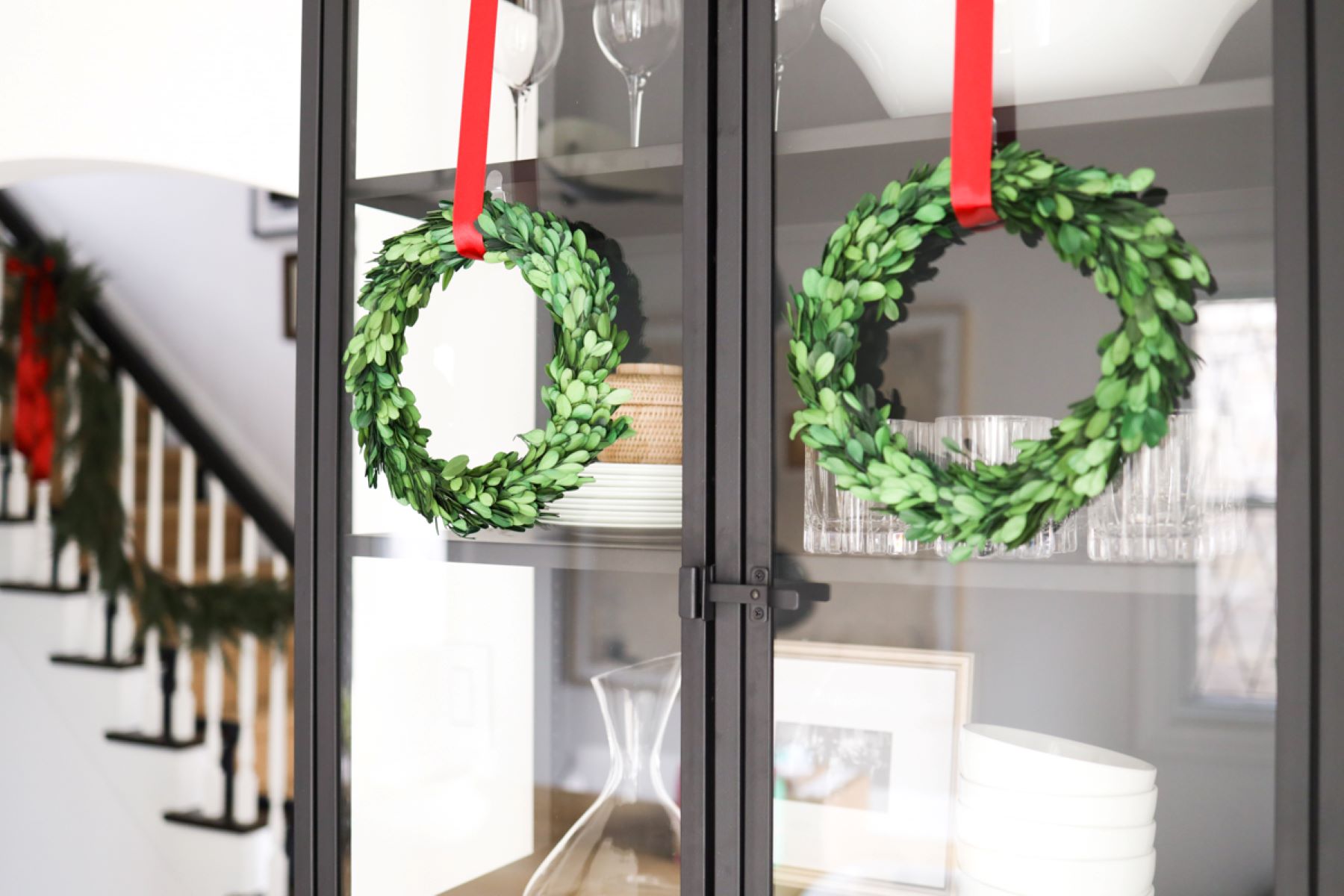

0 thoughts on “How To Hang Stained Glass”